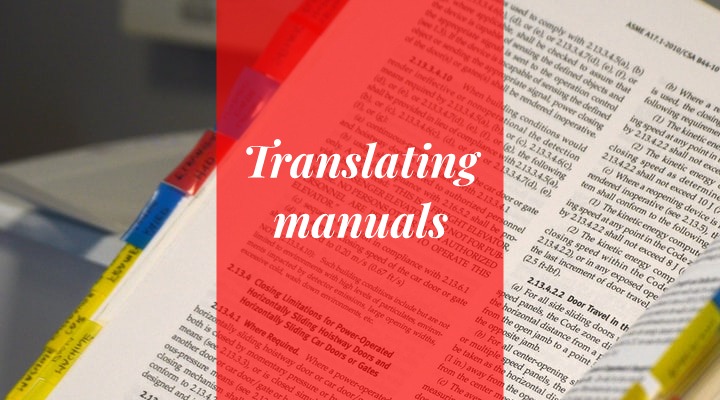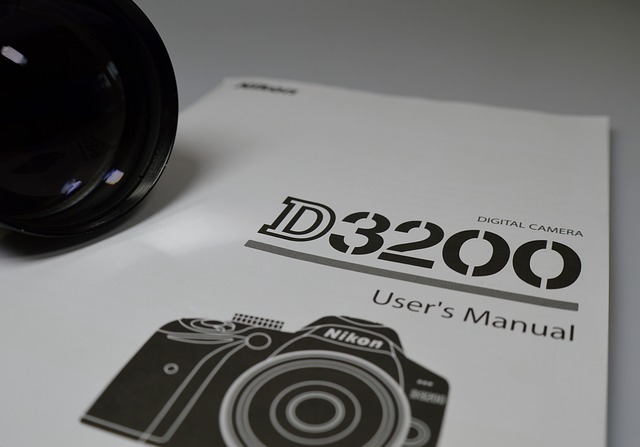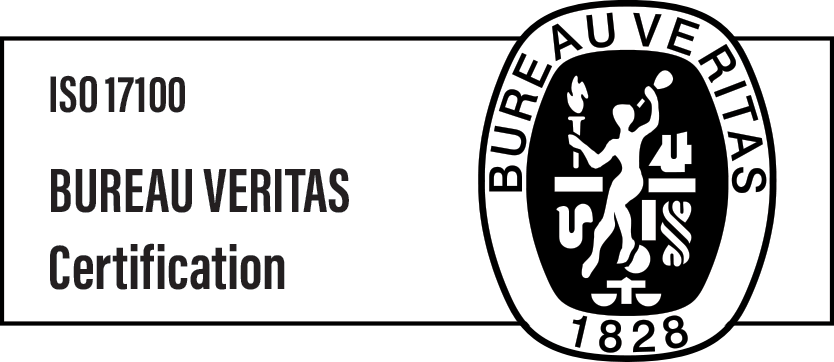Everything you need to know about translating manuals

Technical translation, along with a medical translation, is by far one of the most complex aspects of a translator’s job. Manual translation is a perfect example of such technical material that requires attention to detail, accuracy, and industry knowledge. In this article, we are going to talk about translating manuals. What do you need to know about translating manuals? What are some of the tools that facilitate this work? And why is translating manuals so demanding, even with all the machine translation apps and algorithms?
Translating manuals – industries
Technical translation covers a very wide spectrum of topics, including the following industries:
- Automotive
- Manufacturing and EMS (electronic manufacturing services)
- Chemical and agricultural
- Construction
- Household appliances and electronic devices
- Computers and mobile devices
- Military
- Medical devices and equipment
And several others.
Each appliance, each device and machine needs a manual that ensures that the owner knows how to use, maintain, and repair it. In many instances, manuals have several hundred pages, and they are filled with technical terms. In our modern globalized world, production can happen anywhere, therefore all the product and manufacturing-related content should be accessible in many languages no matter what company is behind the process.
Why is translating manuals so challenging?
For starters, manuals ensure both the proper use of the given device and the safety of the person that operates it. In many instances, the health of workers (and even life) is at stake. There is no room for discrepancies and vagueness. Therefore, translating manuals requires 100% accuracy and also industry knowledge. The translator working on a specific document has to understand how the machine works and what its components are. That’s why technical knowledge is extremely helpful, if not indispensable.
Translators have to keep their work consistent with the original document but also the industry knowledge. That’s why one of the major aids in the translators’ work is a terminology glossary. We’ve already talked about them in our article about technical translation. Glossaries are used to indicate the proper way of translating a specific word or technical term.

THE ROLE OF GLOSSARIES IN TRANSLATING MANUALS
Suppose you’re working on a technical translation from Polish to English. You need to find the best translation for the “skrzynia dwusprzęgłowa” term. It’s an automotive industry-related word meaning in English “dual-clutch transmission”. However, bear in mind that there are some other names of this system, including “twin-clutch transmission” and “dual-clutch gearbox” (VW uses this version[1]). This raises the question of which one is correct? All of them! Therefore it’s the client’s call which version they want to have in their manuals. But here, we have two questions to consider:
- The translator needs to know which translation is the requested one
- The translator needs to keep the consistency of their translation, primarily by using the same term throughout the entire manual
And this is what glossaries are all about. They help you keep your translation accurate and consistent with the rest of the text and other company materials alike.
The skills and tools needed to translate manuals
In general, translators working with technical documents, including manuals, need to know both languages (the source one and the target one) perfectly. But that’s just the beginning. Industry and product-related knowledge is also necessary. The translator’s role is to explain how a given machine or device works, how it should be used and what actions can be dangerous. Therefore, it’s a tremendous asset for the translator to know the client’s industry and their products inside and out. This knowledge has to be teamed with the command of the vocabulary and terminology.
Next, the language has to be clear and transparent. As we’ve already said, there is no room for discrepancies. The customer reading the manual in their language shouldn’t have any doubts concerning the text.
And what about tools facilitating the translation process? We’ve already mentioned one set of tools – terminology glossaries. There are also other tools that significantly facilitate the translator’s work. These are CAT tools. The CAT abbreviation stands for computer-assisted translation, and we should mention that glossaries are or can be frequently integrated within the CAT tool.
CAT TOOLS
Computer-assisted translation tools do not translate on their own. However, they help translators work more efficiently. CAT tools partially automate the manual translating process making them crucial support in a translator’s everyday job. CAT tools usually rely on terminology databases and previous translation memory. Therefore, they, just like glossaries, allow translators to translate quicker and in compliance with previous translation work. CAT tools are designed to aid translators and linguists to edit, manage and store translations, but the human translator still does the translation itself. When it comes to translating manuals, CAT tools are immensely helpful.
Work with a trusted agency that will help you in translating manuals
Technical translation is a complex field that requires experience and extensive industry knowledge. In this article, we showed you the comprehensiveness of this job. Working with a trusted, experienced translation agency is the best way to ensure that your technical texts are translated properly.
And if you’re interested in reading some more about technical translations, we have a blog post just for you: Technical translation: experience required
If you want to translate your manuals from Polish into other languages or from other languages into Polish – Aploq’s team is at your service! Drop us a line today and find out more about our services.
[1] https://www.volkswagen-newsroom.com/en/dual-clutch-gearbox-dsg-3651
Suggested read:

